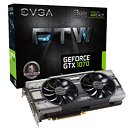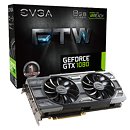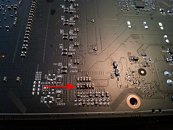
Windows 11 Retires Blue in Favor of the Black Screen of Death
Later this year, the iconic blue error screen that has tripped up Windows users for nearly 40 years will take on a new, darker appearance. Microsoft has confirmed its plan to replace the traditional Blue Screen of Death with a black background that omits the large frowning face and QR code. In its place, a single, clear stop code will sit at the bottom of the display, pinpointing the exact driver or component at fault. This leaner design first surfaced in Windows Insider builds and mirrors the progress screens seen during system updates. By stripping away extra visual elements, Microsoft aims to help both casual users and IT teams pinpoint and resolve issues more efficiently, with no crash-dump exports or deep-dive debugging tools required.
The revamped error screen will be available to all Windows 11 users in the late summer of 2025, accompanied by a new Quick Machine Recovery feature that aims to bring unbootable systems back online faster. David Weston, Microsoft's vice president of enterprise and OS security, says the redesign stems from lessons learned after last year's faulty CrowdStrike update sent countless machines into crash loops. Weston notes that the goal is to deliver straightforward, actionable details about what went wrong and whether the problem lies within Windows itself or an external component. Although Microsoft briefly experimented with a black error screen in earlier Insider releases, feedback drove a return to blue until now. With a sharper focus on clarity and faster recovery tools, Microsoft is set to retire the Blue Screen of Death and welcome the Black Screen of Death.
The revamped error screen will be available to all Windows 11 users in the late summer of 2025, accompanied by a new Quick Machine Recovery feature that aims to bring unbootable systems back online faster. David Weston, Microsoft's vice president of enterprise and OS security, says the redesign stems from lessons learned after last year's faulty CrowdStrike update sent countless machines into crash loops. Weston notes that the goal is to deliver straightforward, actionable details about what went wrong and whether the problem lies within Windows itself or an external component. Although Microsoft briefly experimented with a black error screen in earlier Insider releases, feedback drove a return to blue until now. With a sharper focus on clarity and faster recovery tools, Microsoft is set to retire the Blue Screen of Death and welcome the Black Screen of Death.



















